In an interview with Dental Tribune, Dr J. Brian Allman, founder of the TMJ Therapy and Sleep Center of Nevada, discusses obstructive sleep apnea (OSA) and the important role dentists can play in its diagnosis and treatment. Dr Allman, whose mantra is “Airway is king and tongue volume is queen,” says he hopes that all dentists become proficient dental sleep physicians.
What do dentists need to know about obstructive sleep apnea (OSA)?
Dentists are first in line to screen patients for OSA and must embrace the responsibility to ask a questions regarding sleep issues, understand this disease’s craniofacial anatomy by recognizing anatomic clues and, lastly, learn the signs and symptoms of this treacherous and pandemic killer.
Some of the more obvious clues are actually very simple two- or three- or four-piece puzzles. For example, if a patient (or more likely, the patient’s bed partner) harbors complaints of snoring and daytime sleepiness, it is highly likely a sleep breathing disorder patient is sitting in front of you. If a patient is having difficulty controlling their blood pressure with a third medication imminent, a referral to a medical sleep specialist is recommended. Patients waking several times during the night, having difficulty sleeping or reporting getting up several times during the night to urinate also warrant further questioning.
By beefing up patient questionnaires and adding relevant questions regarding sleep issues, morning headaches, snoring, familial sleep apnea history and discriminatively assessing conditions requiring medication (e.g., blood pressure, diabetes mellitus 2, COPD, obesity prescriptions), dentistry can boldly help identify, refer and help mange this deadly disease of head and neck anatomy. Further, by learning the craniofacial clues like retrognathic mandibular posture, crowded oropharynx and scalloped tongue, likely sufferers can be keenly identified and referred for medical diagnosis.
How does obstructive sleep apnea differ from ordinary snoring?
Snoring is the thunder and OSA is the lightning. One is annoying, and the other one can kill. We must realize that snoring is an indication of an airway impediment, albeit benign, in the case of primary snoring, but linked to cerebrovascular and cardiovascular sequelae should the cacophony turn in to pathologic airway blockage during sleep. As we proceed through the continuum of pathology, snoring can progress to severe sleep apnea, leading to sympathetic nervous system overload, hypertension, stroke and other serious, life-threatening metabolic consequences.
Why does it make sense for patients to be treated for obstructive sleep apnea in the dental office?
Dentistry is standing on a volcano that has yet to erupt: dental sleep medicine practiced by well-trained dental sleep physicians. Dentistry must become a member of a collaborative multidisciplinary team to help manage OSA. By working together, dentists, sleep specialists, ENTs, allergists, cardiologists, neurologists and other medical specialists can provide the best, most effective therapy that patients will comply with.
For example, the Gold Standard for treating severe OSA is continuous positive airway pressure (CPAP), whereby air is used to splint open a collapsing airway to maintain a sleeping persons open airway. Unfortunately, while this therapy is very effective, not all patients are tolerant and oral appliances can effectively be used as an adjunctive alternative. In our clinic, by working with local medical sleep specialists, we use oral appliances to help improve CPAP compliance rates by stabilizing the mandible resulting in lower necessary air pressures, which is often the cause of CPAP non-compliance.
In 2006, sleep specialists published OSA therapy guidelines recommending oral appliances be prescribed for patients diagnosed with mild and moderate OSA. One problem is that there are not enough trained dentists. Our medical colleagues are often unaware of a competent colleague to refer patients to — but we’re working to educate more and more dentists to provide these collaborative services.
What kinds of appliances are available to treat people with obstructive sleep apnea?
There currently are several appliance designs, such as the Somnodent and adjustable Herbst, that are easy to fabricate and adjust. Also, due the dramatic increase in OSA appliance interest, there are several new appliance designs waiting for FDA approval. I am excited to see so much creative innovative energy aimed at “building a better mousetrap.” Appliances that maximize jaw comfort and hard and soft tissue stability and minimize appliance bulk crowding the tongue, two main appliances design issues, are all worth looking at. At this time, there is no one appliance that can do it all
You have developed a seven-appointment oral appliance therapy scheduling and billing protocol. Will you please summarize in brief the benefits to dentists in using this protocol?
First of all, dental sleep medicine (DSM) should be practiced, at least in part, by every dentist worldwide. Practicing DSM suggests a wide spectrum of clinical involvement. Dentists, at the very least, should screen and refer for appropriate medical diagnosis those patients identified with obvious signs and symptoms of sleep disorders. Dentists interested in becoming multidisciplinary members of OSA management teams can learn to provide oral appliance therapy and follow-up with training. My goal is for all dentists to integrate DSM protocol, whether as a referral first line identifier or as a multidisciplinary therapist.
Two of the biggest roadblocks for general dentists are developing dental office infrastructure and medical billing strategies. DSM is confusing for most dental offices and medical insurance companies as a dental service is provided to manage a medical condition. Dental office billing personnel seeking reimbursement from commercial medical insurance companies for medical procedures is not widely understood and is often a discouraging source of frustration resulting in abandoning DSM practice. In an effort to streamline integration of what should be a routine general dental procedure, a seven-appointment oral appliance protocol was developed.
By applying our seven appointment model, which includes dental procedure recommendations and medical billing examples for each of the consultation, impression, delivery and follow-up appointments, dental offices can hurdle the initial difficulties in DSM startup. Fortunately, the business of dental sleep medicine has been neatly packaged to get offices started on the right track. I’m not implying that medical billing is not without its difficulties and that our protocol is magic, but, by creating an office model that can be duplicated, more offices will be successful and more patients will be successfully managed.
How can TMJ side effects be managed for patients with obstructive sleep apnea?
By avoiding them all together! Historically, OSA appliances were built using arbitrary initial positioning that oftentimes was a little difficult for patients to acclimate to creating undue tension and strain on their craniomandibular complex (TMJs, muscles, tendons and ligaments). By using a comfortable or “Romanced Bite Registration” technique, we can increase initial compliance with our oral appliances and reduce uncomfortable side effects. By taking the time to consider what is initially comfortable for our patients and then slowly advancing or adjusting comfortably over a longer period of time, we reduce the likelihood of patient discomfort, inflammation and pain.
Do you have anything you would like to add?
OSA is a deadly disease of craniofacial anatomy and dentists can easily learn to recognize OSA sufferers with education. With more effort and training, dentists can become a member of the OSA multidisciplinary management team. And, considering the high percentage of snorers who are afflicted with OSA incorrectly and dangerously mistreated with only anti-snoring appliances with no consideration for the likelihood of deadly OSA, I believe dentistry is now guilty of supervised neglect unable and untrained to discern snoring form sleep apnea. Considering how little sleep training is offered in medical and dental schools, we are now at a disadvantage. Let’s stop the ignorance and start integrating medicine with dentistry. It ain’t just teeth anymore!
About Dr Allman
Dr J. Brian Allman, DDS, DABDSM, DAAPM, FAGD, FASGD, FICCMO, FAACP, FAAFO, FIAO, is the founder of the TMJ Therapy and Sleep Center of Nevada and is dedicated to the advancement of Dental Sleep Medicine in general dental practice. He is co-founder of Dental Sleep Digest, a magazine dedicated to clinical DSM practice and The OSA: Online Sleep Academy, a monthly interactive webinar series for dentists serious about advanced patient therapy education.
His journey includes seven Fellowship and Diplomate awards, Senior International Association for Orthodontics Instructor, more than 5,000 hours of continuing education, 25 years of dental practice and the loss of his mother due to untreated OSA.
NEW YORK, N.Y., USA: Henry Schein Orthodontics has announced fall 2014 course dates for obstructive sleep apnea (OSA) courses. According to Henry Schein ...
Obstructive sleep apnea may be linked to low bone mineral density in adults, according to University at Buffalo-led research. The findings are crucial for ...
NEW YORK CITY, NY, USA: It has been estimated that in the United States alone 20 million men, women and children suffer from obstructive ...
Two-thirds of partnered adults say their other half snores, while six out of 10 of all adults (59 percent) say they snore. Sleep apnea may be present in 20 ...
WESTCHESTER, IL, USA: According to new research that received the Graduate Student Research Award at the 19th Annual Meeting of the American Academy of ...
It’s been estimated that approximately 90 million people in North America suffer from sleep disorders, including insomnia, snoring and sleep apnea. ...
NEW YORK, N.Y., USA: Despite the dosage recommendations that come with all drug packaging, not all recommendations are safe for everyone. The same is true ...
MELVILLE, N.Y. USA: On Monday health care products and service provider Henry Schein has launched an all-in-one solution for dentists to treat and monitor ...
MIAMI: The holiday season can be hard on one’s health, and people suffering from obstructive sleep apnea (OSA) feel it the most. Overeating and ...
REALITY is a US-based consensus report on dental products and techniques that aims to protect patients by informing dentists. In their headquarters in ...
Live webinar
Mon. 22 December 2025
1:00 PM EST (New York)
Live webinar
Mon. 12 January 2026
9:00 AM EST (New York)
Prof. Judith Jones D.D.S; M.P.H., Prof. Kakuhiro Fukai D.D.S., Ph.D, Dr. Bathsheba (Bethy) Turton
Live webinar
Wed. 14 January 2026
12:00 PM EST (New York)
Dr. Théo Laplane, Dr. Robert Gottlander DDS
Live webinar
Fri. 16 January 2026
12:00 PM EST (New York)
Live webinar
Mon. 19 January 2026
1:00 PM EST (New York)
Philipp Kopp, Michael Seeber
Live webinar
Thu. 22 January 2026
2:00 PM EST (New York)
Dr. Nicola M. Grande DDS, PhD
Live webinar
Wed. 28 January 2026
8:00 AM EST (New York)



 Austria / Österreich
Austria / Österreich
 Bosnia and Herzegovina / Босна и Херцеговина
Bosnia and Herzegovina / Босна и Херцеговина
 Bulgaria / България
Bulgaria / България
 Croatia / Hrvatska
Croatia / Hrvatska
 Czech Republic & Slovakia / Česká republika & Slovensko
Czech Republic & Slovakia / Česká republika & Slovensko
 France / France
France / France
 Germany / Deutschland
Germany / Deutschland
 Greece / ΕΛΛΑΔΑ
Greece / ΕΛΛΑΔΑ
 Hungary / Hungary
Hungary / Hungary
 Italy / Italia
Italy / Italia
 Netherlands / Nederland
Netherlands / Nederland
 Nordic / Nordic
Nordic / Nordic
 Poland / Polska
Poland / Polska
 Portugal / Portugal
Portugal / Portugal
 Romania & Moldova / România & Moldova
Romania & Moldova / România & Moldova
 Slovenia / Slovenija
Slovenia / Slovenija
 Serbia & Montenegro / Србија и Црна Гора
Serbia & Montenegro / Србија и Црна Гора
 Spain / España
Spain / España
 Switzerland / Schweiz
Switzerland / Schweiz
 Turkey / Türkiye
Turkey / Türkiye
 UK & Ireland / UK & Ireland
UK & Ireland / UK & Ireland
 International / International
International / International
 Brazil / Brasil
Brazil / Brasil
 Canada / Canada
Canada / Canada
 Latin America / Latinoamérica
Latin America / Latinoamérica
 China / 中国
China / 中国
 India / भारत गणराज्य
India / भारत गणराज्य
 Pakistan / Pākistān
Pakistan / Pākistān
 Vietnam / Việt Nam
Vietnam / Việt Nam
 ASEAN / ASEAN
ASEAN / ASEAN
 Israel / מְדִינַת יִשְׂרָאֵל
Israel / מְדִינַת יִשְׂרָאֵל
 Algeria, Morocco & Tunisia / الجزائر والمغرب وتونس
Algeria, Morocco & Tunisia / الجزائر والمغرب وتونس
 Middle East / Middle East
Middle East / Middle East
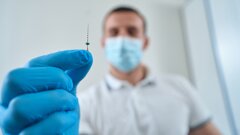
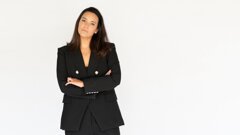

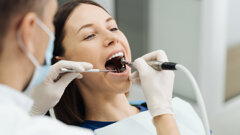






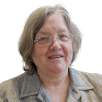
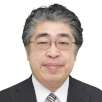
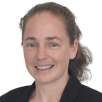
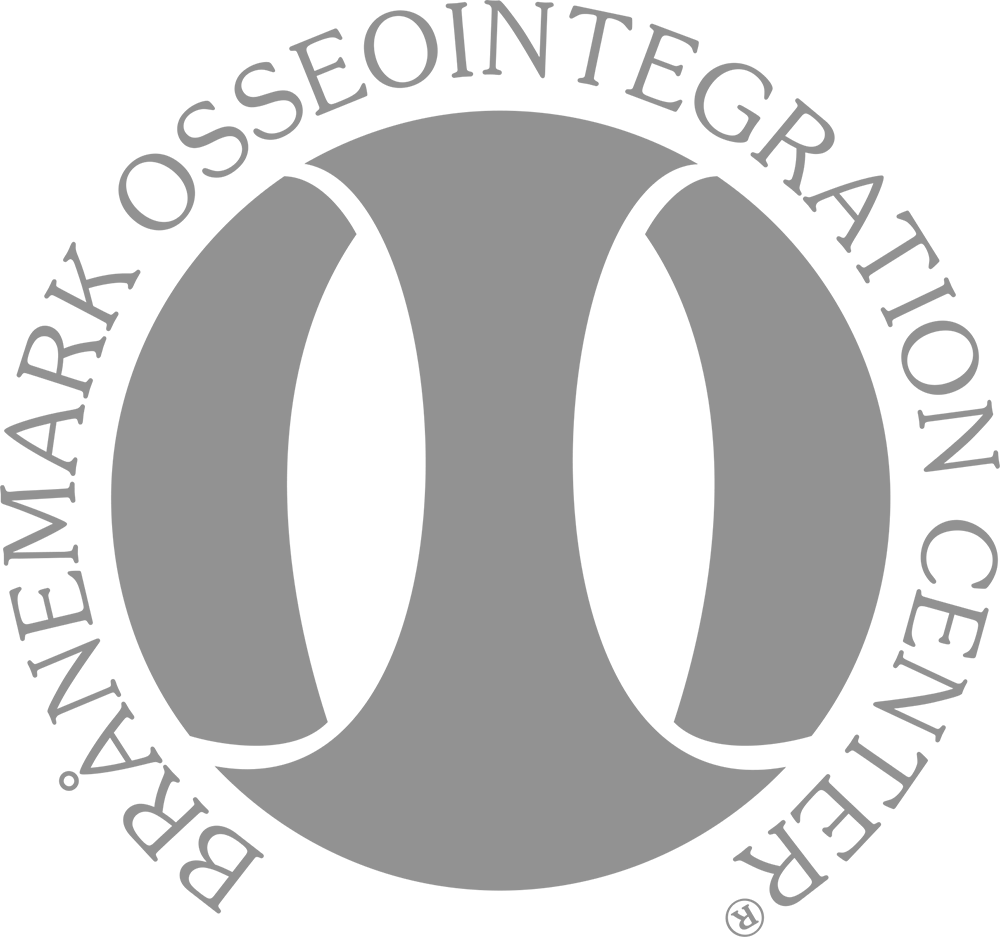
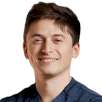
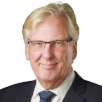













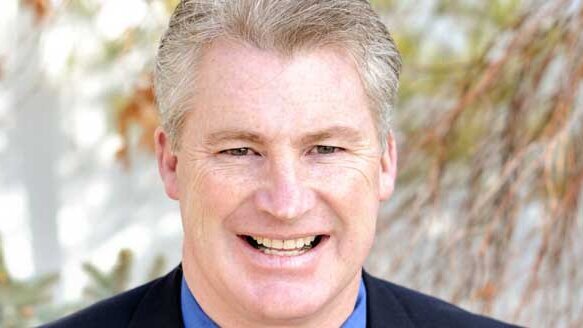


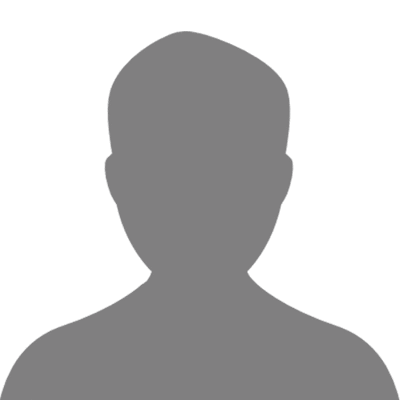



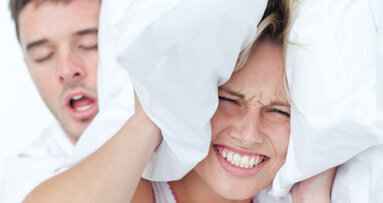

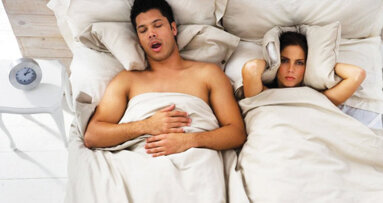
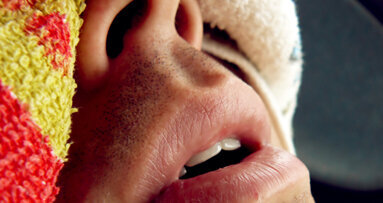







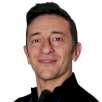

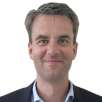


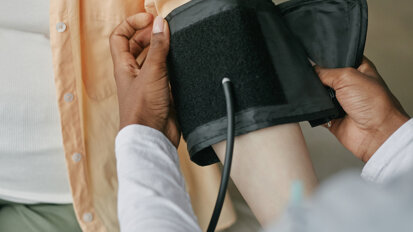







To post a reply please login or register